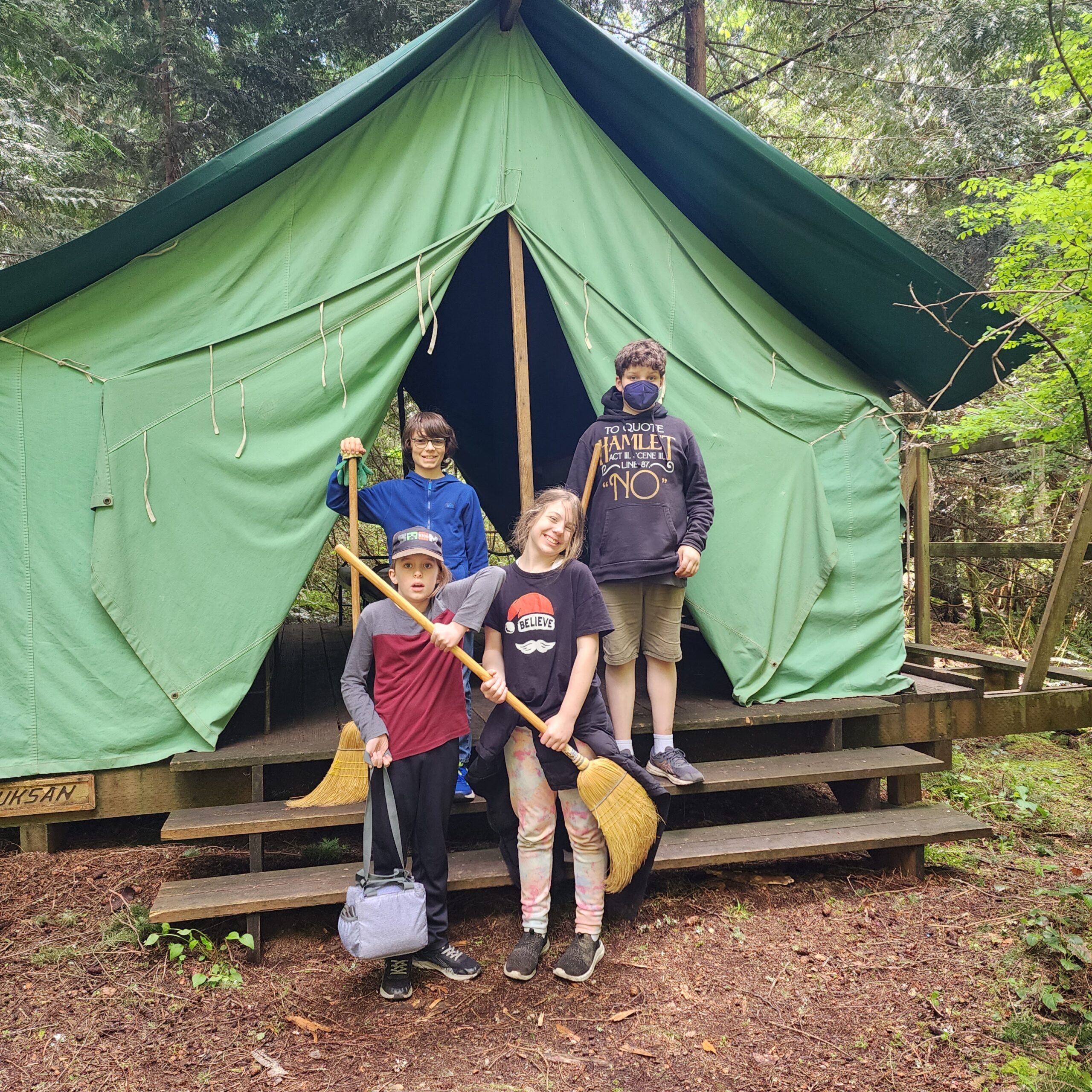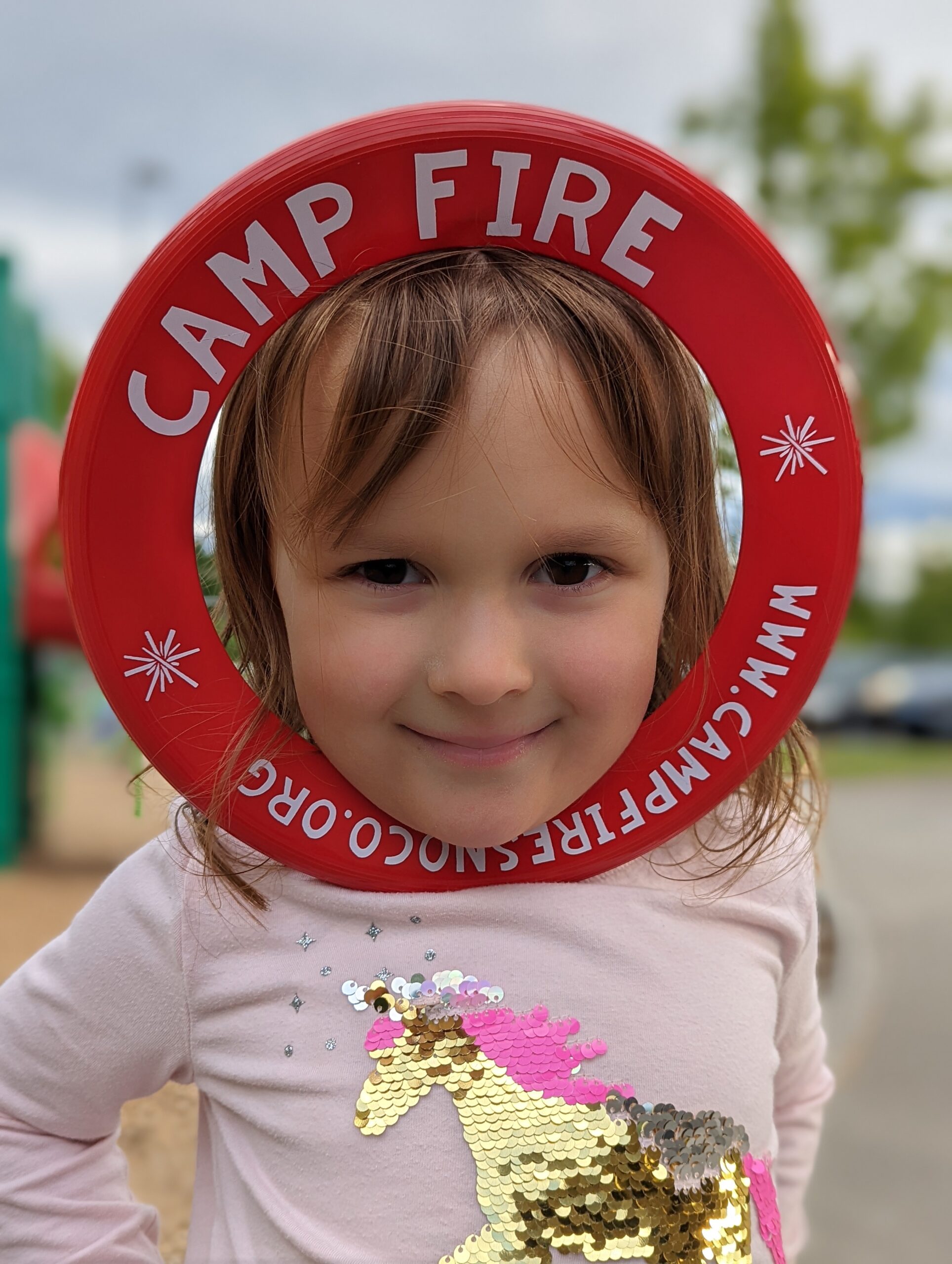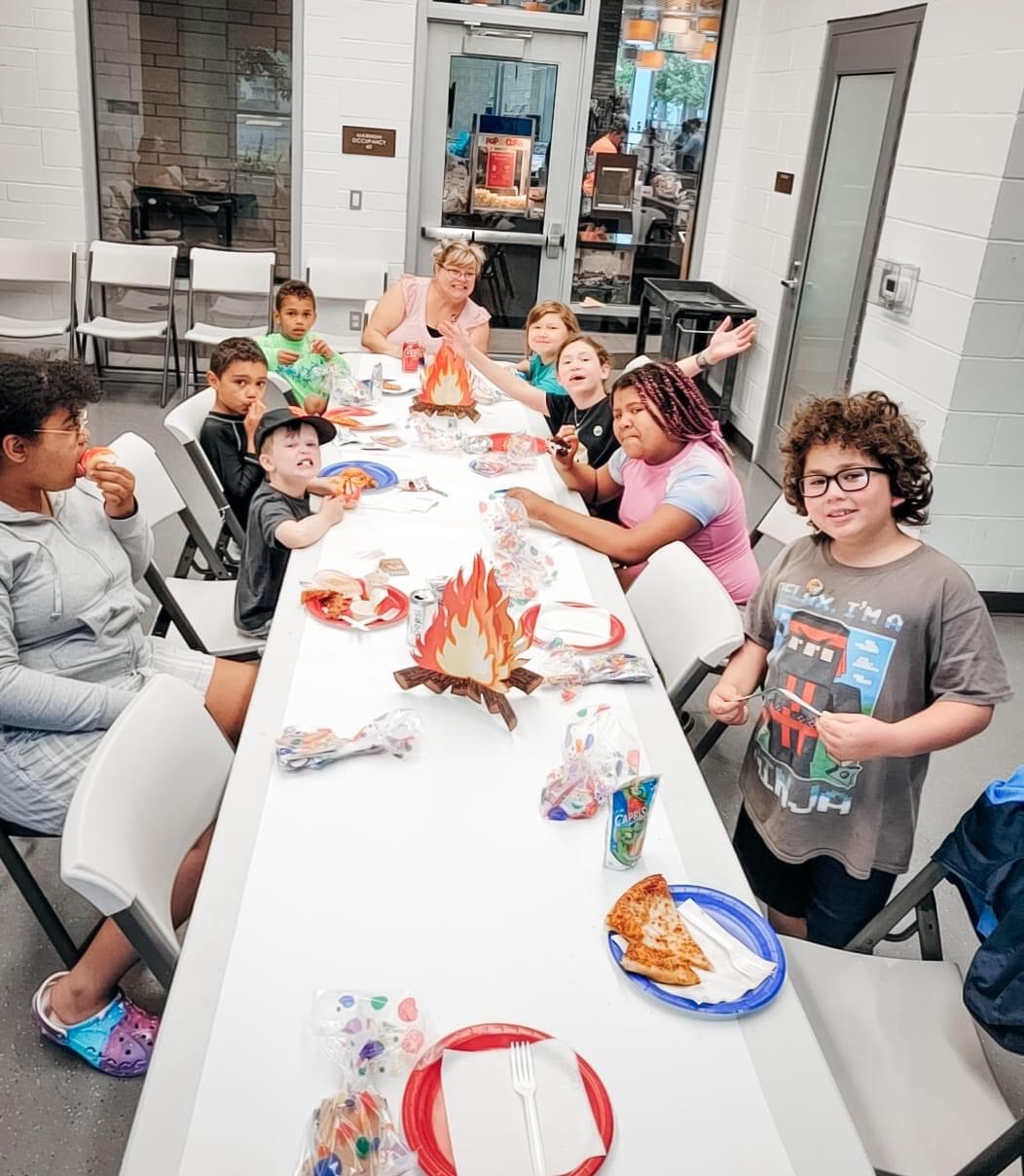Thank you to Camp Fire member Klara Gaspers for creating this History Timeline!
1910: Camp Fire Founded
Luther and Charlotte Gulick founded Camp Fire Girls, aiming to engage the “whole” person: physical, mental, and spiritual. The couple aimed to help girls learn and grow while educating them about the changing world. Boy Scouts, formed the same year, emphasized the need for such a program for girls.
1917: First Camp Fire Council Established
In Kansas City, Missouri, the first Camp Fire Girls council was authorized, followed quickly by other cities around the country. Soon, the local boards of these councils wished to have a voice in the conduct of the national organization.
First group in Snohomish County was organized.
1922: John Phillip Sousa Writes March for Camp Fire Girls
John Phillip Sousa wrote a march for the Camp Fire Girls, a joyously syncopated number first performed in Des Moines on October 18th.
1927: Kiwanis Club Sponsored Camp Fire
As its major project, the Everett Kiwanis Club adopted the sponsoring of the Camp Fire Girls.
1930: Everett Council Formed
The Everett Council was formed, and the Kiwanis President, Warren Jenkins, became the first Council President.
1941: Farm on Crabapple Lake Purchased
On January 21st, Camp Fire purchased a 60-acre farm on Crabapple Lake.
1943: Camp Named Killoqua
The camp was named “Killoqua,” meaning “deep, peaceful lake.”1943: Martha Allen Leads Camp Fire
Martha Allen was both the first woman to lead Camp Fire and the youngest chief executive of any national welfare agency. She aimed to improve relations between the national organization and its local councils, create a more inclusive membership, gather adequate financing, maintain high program standards and flexibility, manage more efficiently, and extend the contribution of Camp Fire Girls. Her guidance grew membership from 100,000 to over 500,000 and helped to streamline the organization of Camp Fire.
1950: First Candy Sold
The candy drive began, replacing the doughnut drive. The switch from doughnuts to candy was made because candy would not go stale. The first type of candy to sell was mint, a flavor that persists to this day. In the first years of the candy drive, the box design changed each year, featuring a cheerful slogan and pictures of Camp Fire Girls.
1953: Pilchuck Area Council Organized
The Everett Council reorganizes into the Pilchuck Area Council.
1971: Pioneer Lodge Began Construction
Construction on the Pioneer Unit Lodge began in 1971, to be completed in 1972.
1973: Salmon Bake with Tulalip Tribes
The Tulalip Tribes prepared a salmon bake, which they served in the Longhouse. Special guests, including the National Director of Camp Fire, representatives from Washington State Department of Ecology and of Parks and Recreation, senators and representatives, county commissioners, and Mayor Anderson, attended the event. Previously that year, Camp Fire Girls and the Tulalip Tribes had planned and carried out a joint beach clean up.
1975: Boys Joined Camp Fire
Delegates to the Quadrennial voted to open membership to boys, allowing both boys and girls to participate in Camp Fire.
1976: Council Participated in “No Greater Love”
The Pilchuck Area Council participated in “No Greater Love,” the first nation-wide salute to hospitalized veterans.
1979: Boys Attended Camp Killoqua
Attendance in Camp Killoqua’s programs increased, with boys attending the camp for the first time.
1990: First “Jammin’ Jamboree”
The first “Jammin’ Jamboree” fall fundraiser was held at Forest Park.
1998: Camp Willie Founded
Camp Fire designed a grief camp to help children who have lost someone they love. Hosted at Camp Killoqua, the program was constructed to help children with the experience of grieving, and continues to this day.
2001: Local Council Renamed
The local council was renamed to Camp Fire USA Snohomish.
2008: Camp Fire Partnered with Seahawks Spirit of 12
Camp Fire partnered with the Seattle Seahawks Spirit of 12 in 2008. Each year, volunteers from Camp Fire sell GameDay Magazines at two home games per season. All of the profits are donated to Camp Fire, and then matched by the Paul G. Allen Family Foundation.




Young people want to shape the world.
Camp Fire provides the opportunity to find their spark, lift their voice, and discover who they are.
In Camp Fire, it begins now.

